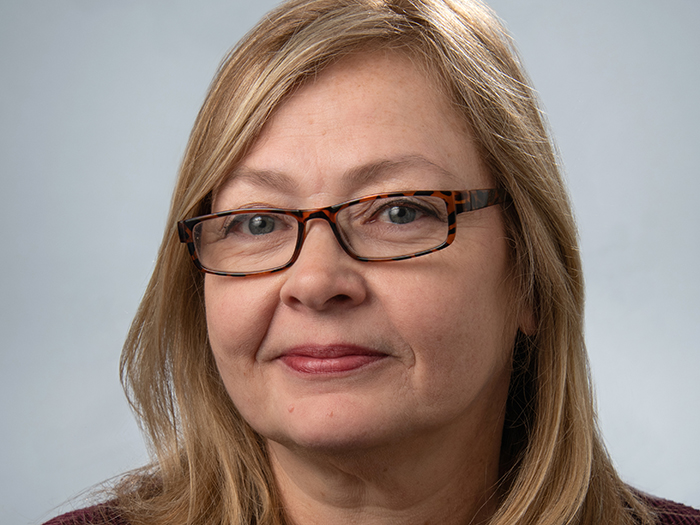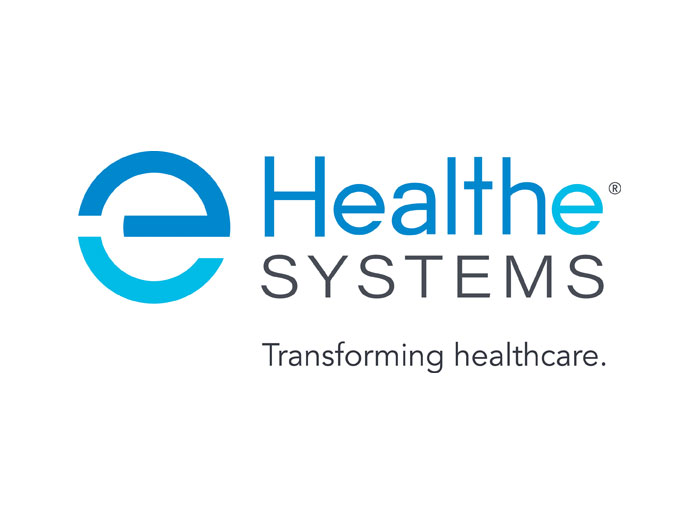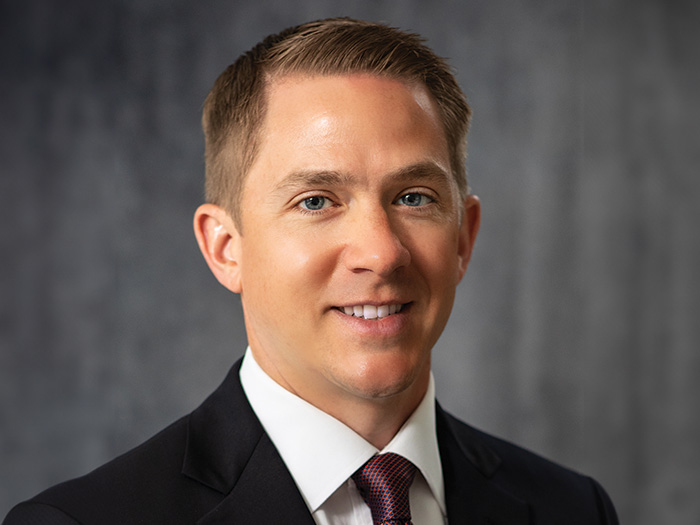Providing Solace for Neglected Children: How This Insurer of Nonprofits Stepped Up to Keep These Kids Safe and Covered

A nonprofit organization’s quest to find affordable and adequate commercial insurance coverage can be a challenge, which is why Nonprofits Insurance Alliance (NIA) was founded.
In this series, Risk & Insurance®, in collaboration with NIA, spoke to five nonprofit organizations, all with unusual risk profiles and inspiring stories, to parse the hurdles that accompany securing necessary coverage at an acceptable price.
Here, we spoke with Andry Sweet, CEO of the Children’s Home Society of Florida, about the organization’s risk, exposures and relationship with NIA.
Evolutionary Work
Based in Orlando, the Children’s Home Society of Florida’s (CHS) mission centers around “building bridges to success for children,” according to Sweet.
She continued, “We’ve been in the business for a very long time, and for many years, we were known as the foster care and adoptions provider, trying to find permanency for children who had been abused, neglected or abandoned.”
Aside from its ongoing work, CHS has also played an instrumental role in streamlining the Florida foster care system.
“In the early 2000s, we really wanted to transform the child welfare and foster care systems,” Sweet noted. This included the creation and implementation of seven lead agencies that are also the regional authorities of care delivery in the state.
“We subcontract with lead agencies across the state, and we’re one of the larger service providers of case management,” Sweet said.
This evolution of care delivery, which was enabling the organization to move upstream in preventative services, began about 15 years ago, according to Sweet, and manifested from studies “that were emerging about the social detriments on health and the long-term effects of childhood trauma.” Research showed that not only did these childhood trauma events have a correlation to increased risk of heart disease and substance use, but that what caused the trauma was being placed into the foster care system.
“One of our board members posed the question, ‘What are we going to do to be the organization that works ourselves out of the foster care system?’” Sweet recalled. “That was a pivotal change in the history of the organization.”
CHS began to conduct its own research, which concluded that prioritizing keeping families together produces the best outcome and gives the best chance at avoiding long-term trauma effects.
“Today, about 50% of our business is preventing children from ever entering the foster care system,” Sweet said. “It’s really been not only what’s [best] for children and families, but as we look at the health of our organization and how we manage risk, being proactive is really important for us and society.”
CHS Risk
With the organization primarily serving a youth population, its main exposure is anything that threatens the safety and wellbeing of a child. On average, CHS of Florida is serving 3,000 children a day within the state, according to Sweet.
“Some of these children are still in the homes of parents or relatives, some are in foster homes,” she said. “That in itself poses risk.”
A secondary, but still crucial, exposure the organization needs to watch is the overall safety of its workforce.
Partnering with NIA
Prior to CHS of Florida’s introduction to and partnership with Nonprofits Insurance Alliance, the organization faced a sobering reality: It experienced a non-renewal from its former insurance carrier.
“[That] is an extremely scary time for any nonprofit,” Sweet said.
It was only when Sweet started looking for a new carrier, and encountered NIA, that she noticed a difference in the Alliance versus other carriers.
“We really were entering a partnership with our insurance carrier,” Sweet said. “We felt that invested interest in making our work successful by keeping down the risk.”
The Risks Ahead
Risk is always on the radar of a nonprofit organization, and CHS of Florida is no different. What remains a top concern for the organization is an increased need for behavioral health services. New funding from the state has allotted money to secure these necessary resources, but the organization is also feeling the impacts of high workforce turnover, an exposure being felt through several sectors.
“We have this demand [for behavioral health services] and funding, but as with many of our peers, we struggle to recruit and retain the workforce necessary to meet the need,” Sweet said.
Sweet used the statistic that a case manager’s turnover extends a child’s time in foster care by four months. The increased turnover rates don’t just affect the organization internally; the children they serve also feel the impact.
“Turnover can affect the existing services we have, but it also affects our ability to bring on these new services that are needed in behavioral health,” Sweet said.
She continued, “Retaining highly skilled and caring staff is of paramount importance and we have implemented many innovative programs to address the workload, burnout and turnover that can happen on the frontline.” &








